How to stretch your neck and relieve neck tension more effectively
5If you google “neck stretches” or “neck stretching” you will get a number of variations of the following two options:
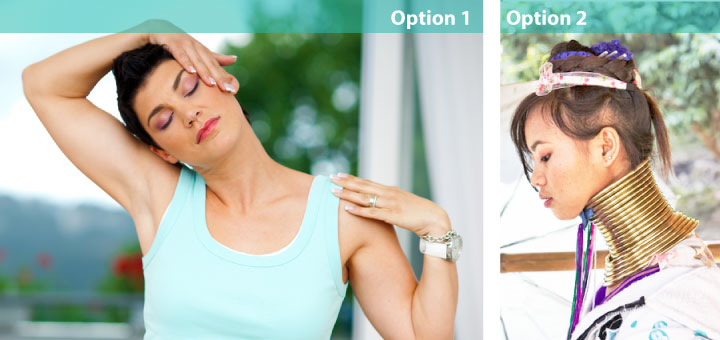
Clearly, Option 2 is not the kind of stretching we are looking for, but Option 1 is quite common and is often recommended and frequently practiced in fitness and yoga classes. It is common to begin a yoga class by leaning the head one way, taking few breaths, then another way, etc. Sometimes the hand is used for leverage as well. There is nothing wrong with these stretches, and they are definitely better then nothing, but ultimately, they are not that effective, especially if you do them at the beginning of the class. There are 2 main issues that I see with stretching your neck this way:
- It’s a static position
- It only involves the neck
Problem 1: Static position.
Why would you want to stretch your neck on the first place? Probably because you are experiencing some tightness or discomfort. If your neck muscles are tense, attempting to stretch them is similar to trying to pry open a clenched fist – it will be uncomfortable and ineffective. What do you do instead? You contract them! When you are dealing with tight muscles, movement is the answer, as opposed to holding your head statically. Movement is important because it takes your muscles through the contract-relax cycle, which helps to increase circulation. When you pump the blood into your muscles by contracting and then relaxing them, you bring nourishment to the area, developing muscle tone and making the muscles more elastic. As a result your muscles are able to relax better which leads to tension release. Check out the post about contracting vs stretching here:
Next time you are in a yoga class, notice how much movement your neck actually gets. I’m not talking about holding your head in certain positions, like you do when you look up, down or to the side, but how much you actually MOVE your head back-and-forth. Moving your head in a specific pattern is more effective then keeping it stationary.
Problem 2: It only involves the neck.
I usually tell my students that we cannot think of the neck, head and upper back as three separate entities. They function more like a tree trunk with the roots and the crown.
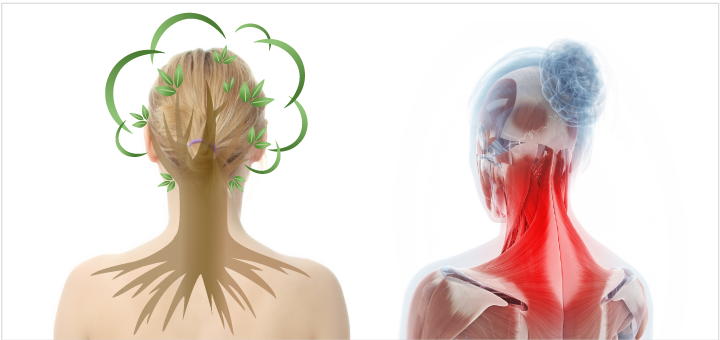
Just like a tree needs to have an extensive root system to support the weight of the trunk and the crown, your neck requires extensive muscular connections to the rib cage, thoracic spine and shoulder girdle to support the weight of the head and allow for incredible mobility. So if we wanted to increase circulation to the neck we really cannot do it effectively without including the upper body, which means moving the thoracic spine and the shoulder girdle. That’s why more complex movements that include the movement of the head, thoracic spine and the shoulder girdle (via the movement of the arms) will be more effective in releasing tension in your neck and upper back. Those moments can be done by themselves or added to other, more traditional poses.
Below is a link to a short yoga practice that helps relieve tension in the neck and upper back. This practice uses the above principles to both strengthen the muscles of the neck and increase mobility.
This practice works primarily on the posterior (back) structures of the neck; next week we will feature a practice for the lateral (side) structures. Join in!
[jetpack_subscription_form]

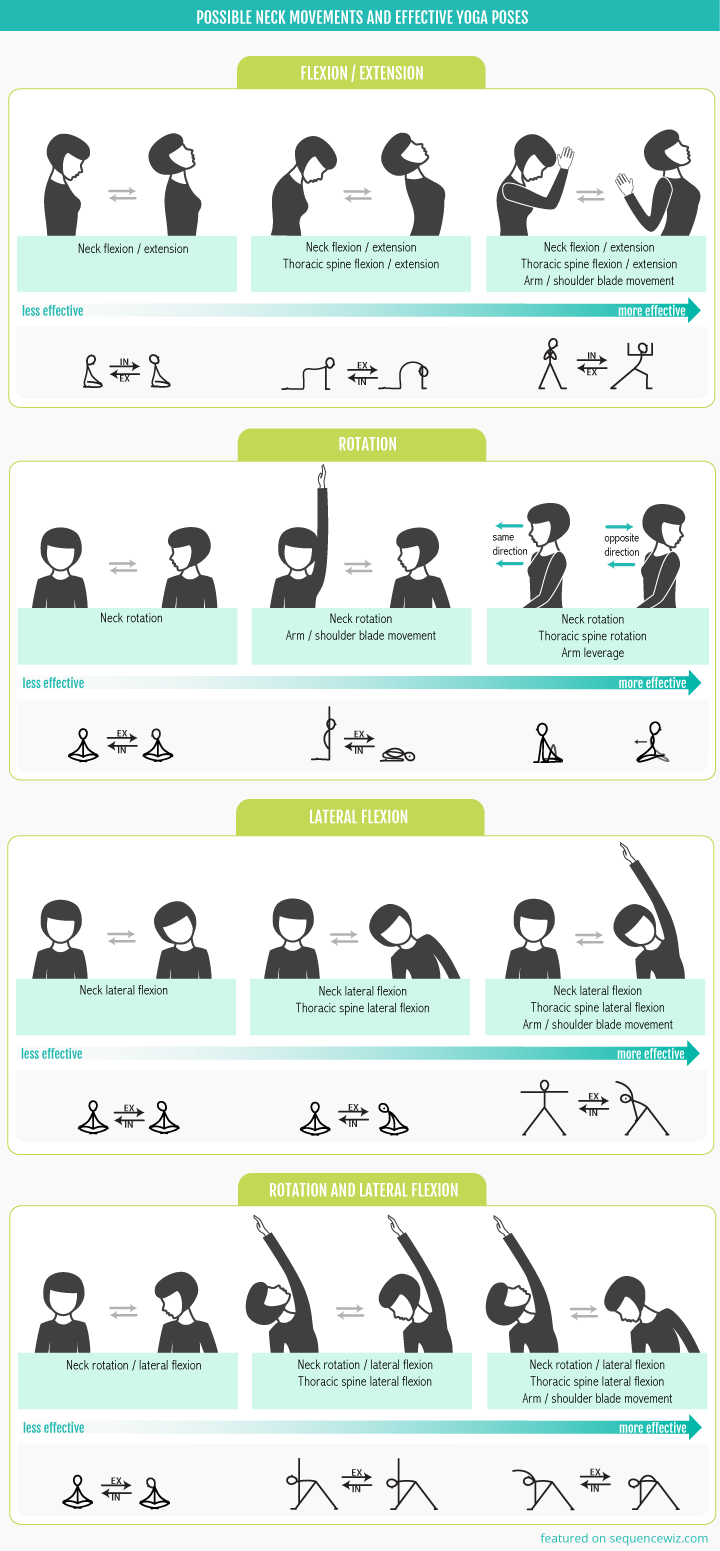

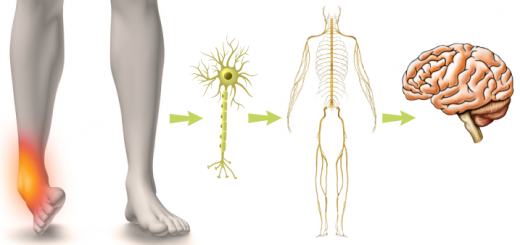
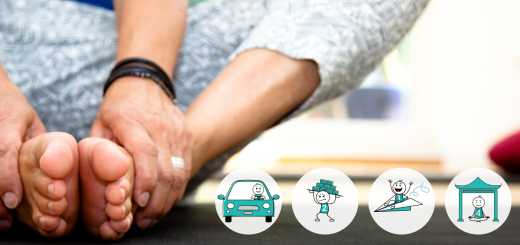
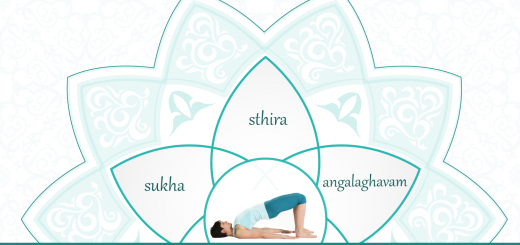
















Wonderful resource.
Thanks for this primer on the neck; deepens my knowledge and teaching. I can see myself teaching my chair class the movements progressively (less effective as a warm up to most effective as the end result). The other thing I notice is that students think when you say turn the head this way/or that, they have to go to the end range vs. go easy, stay within a comfortable range of motion (I have been guilty of this myself
Thank you Pamela! I completely agree – we need to remind folks every time not to swing their heads to the limit. When it comes to the neck, gentle and mindful movement is even more important then everywhere else!
Love this resource!
Continuing to love your work Olga – old items and new. Thanks so much for your generosity in sharing your amazing knowledge and experiences. We yoga teachers are benefiting greatly – so are our students
Your new app is amazing too – of course! Warm regards, Robin